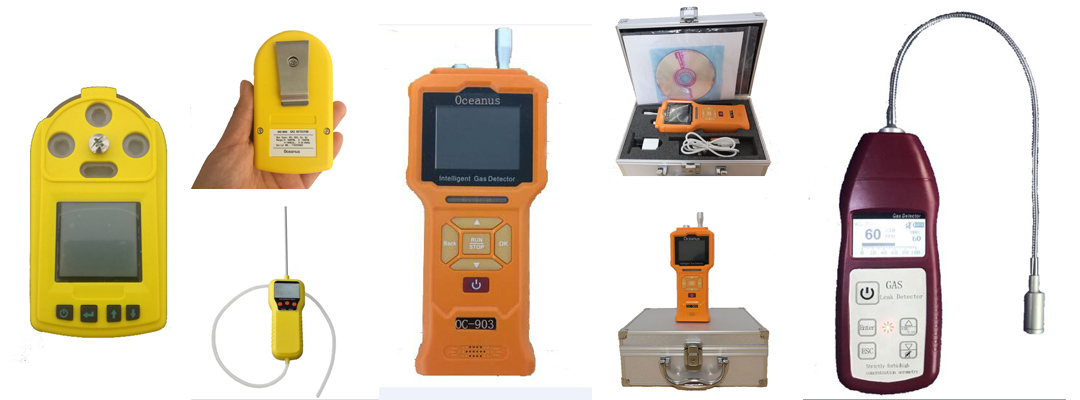What should we pay attention to when using gas detectors?
First of all, toxic and harmful gas detectors, like other analytical and detection instruments, are measured by comparative methods. First, the instrument is calibrated with a zero gas and a standard concentration of gas, and the standard curve is stored in the instrument. When measuring, the instrument will produce electrical signals from the concentration of the gas to be measured. Comparing with the electric signal of standard concentration, the accurate gas concentration value can be calculated. Therefore, it is indispensable to calibrate the instrument at any time and regularly to ensure the accuracy of the instrument measurement. It should be pointed out that many gas detectors can replace detection sensors at present, but this does not mean that a detector can be equipped with different detector probes at any time. Whenever the probe is replaced, besides the activation time of the sensor, the instrument must be calibrated again. It is suggested that the response test of standard gas should be carried out before various instruments are used to ensure that the instruments really play a protective role.
Secondly, attention should be paid to the detection interference among different sensors.
Generally speaking, each sensor corresponds to a specific detection gas, but any gas detector can not be absolutely special. When choosing a gas sensor, we should know as much as possible the interference of other gases to the sensor to ensure its accurate detection of specific gases.
Thirdly, pay attention to the lifetime of all kinds of sensors.
The life of the electrochemical sensor depends on the drying up of the electrolyte, so if it is not used for a long time, its sealing in a lower temperature environment can prolong the service life of the sensor. Because of the relatively large volume of the fixed instrument, the life of the sensor is also longer. Therefore, the sensor should be inspected at any time and used within the validity period of the sensor as far as possible. Once it fails, it should be replaced in time.
Finally, attention should be paid to the concentration measurement range of the instrument.
All kinds of toxic and harmful gas detectors have their fixed detection range. Only when the measurement is completed within its measuring range can the instrument be ensured to measure accurately. The sensor may be permanently damaged if it is measured over a long period of time.
For example, LEL detectors, if used carelessly in environments with more than 100% LEL, may completely destroy the sensors. Toxic gas detectors, which work for a long time at a higher concentration, can also cause damage. If a fixed instrument sends out an over-limit signal in use, the measuring circuit should be switched off immediately to ensure the safety of the sensor.
If any inquiry, pls contact us: Email: info@china-oceanus.com; Tel: +86-371-60998169
- Pre:What are the hazards of PM10? 2019/8/22
- Next:New portable gas detector with inner pump 2016/4/11





